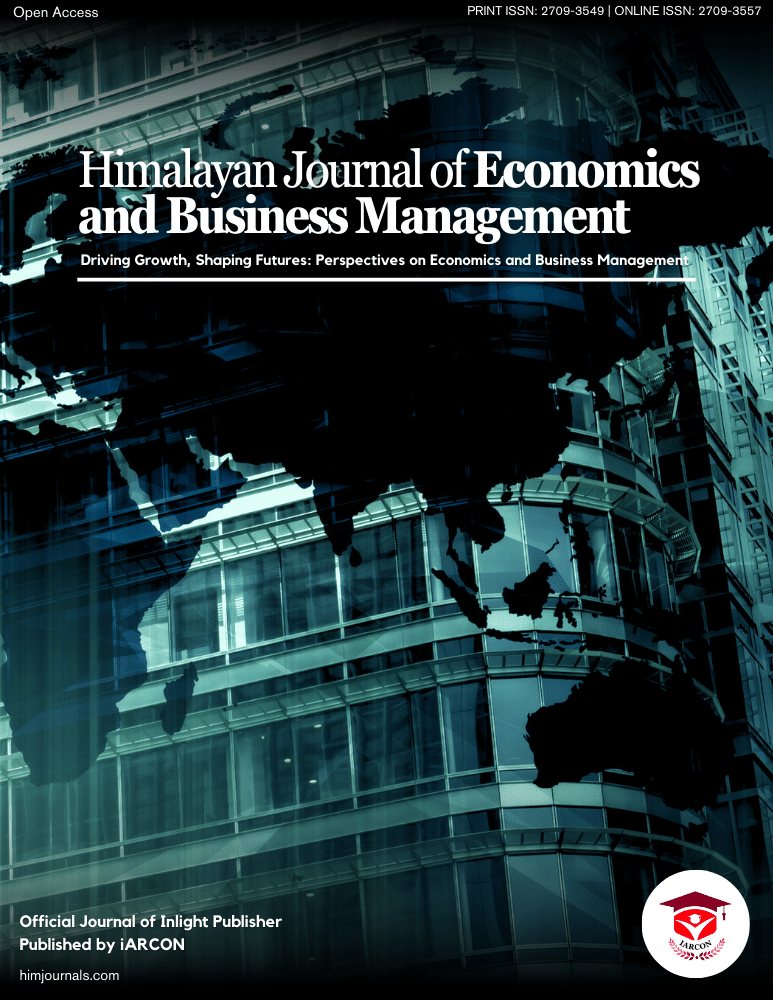Organizational Culture
Work culture is behavior that is repeated by employees in an organization. Violation of this habit does not require severe punishment, but organizational actors have morally agreed that certain habits must be followed in order to carry out work to achieve goals [3]. According to experts, organizational culture often emphasizes the belief in the importance of shared values and trust relationships, and their influence on organizational behavior to achieve the greatest work performance. As a result, it separates one company from another.
Work Discipline
Discipline is a mental attitude that is manifested in the actions or behavior of the organization or the individual itself, or society towards the form of obedience (obedience). to government regulations or laws, as well as ethics, norms, and rules that apply in society for certain purposes. Discipline can also be interpreted as self-control so as not to do something that is contrary to the ideology and ideals of Pancasila.
Organizational Relations
According to Davis [4] human relations are interactions between individuals in contexts that involve work. Good human relations are needed to realize the company's goals. The goal is to instill enthusiasm and work activity in the spirit of creative teamwork, accompanied by emotions of happiness and fullness of heart, both in terms of economic, psychological, and social fulfillment.
Organizational Commitment
According to Spector, work commitment is defined as an individual's dedication to his work. Work commitment is a measure that represents the extent to which people with certain roles in the company are believed to have a relationship. Indicators of organizational commitment consist of affective commitment, normative commitment, and continuance commitment.
Performance
According to Hakim [5], performance can be interpreted as a product of work carried out by individuals and has been adapted to their work or duties in the company for a certain period and time, and is linked to the size of the value or standard given to the organization where the individual works. Lecturer performance has an understanding, namely the ability displayed by the lecturer in carrying out or carrying out his duties and work. According to Law. Republic of Indonesia No. 14 of 2005 Article 1 paragraph 1 concerning Educators and Lecturers: Educators and lecturers are professional educators with the main task of educating, teaching, guiding, directing, training, and evaluating students in early childhood education, basic education, and educators’ secondary school. Lecturers have three main responsibilities: education, research, and devotion. This is closely related to the implementation of education and learning, as well as supervision and skills training for students, in the field of education.



